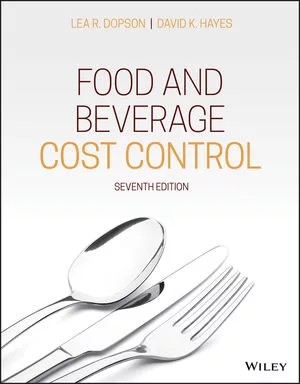Study examines changing shopping patterns
Shoppers visiting fewer stores, seeking value
With more than 2,500 different paths to purchase, it’s no surprise that consumers are changing how they shop, where they shop and when they shop. The “average shopper” might no longer exist in today’s world. Therefore, Information Resources Inc. (IRI), a Chicago-based market research firm, conducted new research to determine current shopping trends and provide a road map about how marketers can protect and grow share in the $737 consumer packaged goods (CPG) marketplace.
The firm’s new Times & Trends report “Channel Migration: The Road to Growth Has Many Lanes” details how the grocery and drug channels experienced flat to negative trip frequency and declining basket size, while the Internet saw a modest uptick in both frequency and trip spending within the past year. Dollar channel trips also were largely flat; however, the average basket size rose considerably, with an increase of 3 percent. Additionally, trips to club stores slipped slightly, but spending growth outpaced the industry average at 0.9 percent. These shifts underscore the depths of consumers’ willingness to try new channels and banners along their pursuit for value, IRI says.
“Following years of economic trials, the ‘golden ring’ of CPG shopping is value,” said Susan Viamari, editor of thought leadership at IRI, in a statement. “Today, more than 80 percent of shoppers visit three or more channels to carry out their CPG shopping journey. And, as more nodes crop up along the path to purchase, capturing shoppers’ attention and wallet will become increasingly complex. Retailers and manufacturers must provide value to each and every shopper through individualized targeting and flawless execution.”
Grocery share of spending is similar across consumer segments compared with other CPG channels, where share trends can vary drastically across consumer segments. The drug channel, for instance, wins a disproportionate share of spending from Hispanic shoppers, who spend heavily on beauty and personal care products. Lower-earning households spend disproportionately in the dollar channel — nearly double the average rate. Although higher-earning households still index on the low side, the channel is effectively defending its base across this wealthier segment because of ongoing efforts to hone assortments, spruce up stores and diversify formats, the market research firm notes.
Internet share of spending is fairly consistent across most consumer segments, it adds. The exceptions are Generation X, households earning $70,000-$99,999 annually, and those with children. Here again, though, retailers are effectively defending the base, it says.
During the past several years, trip mission patterns have changed considerably. The club store channel is getting more of its dollars from pantry stock-up missions, and the drug store channel is playing more of a fill-in role. These shifts underscore the channel-blurring phenomenon that is taking place, IRI reports.
In addition, the grocery channel has lost share in core food and beverage departments, including refrigerated, general foods and beverages. The club store channel is winning in beverages and general food and also gaining nearly half a share point in liquor. Mass merchandisers and supercenters lost ground in a number of departments, including home care and general merchandise, once again to the benefit of club stores. The dollar channel is holding steady across major departments, with slight upticks in certain segments, such as beauty.
A look at top-growth categories across channels demonstrates that consumers are turning to varied and sometimes even unexpected channels to fulfill their CPG needs. The following are the top-growth categories by channel:
• Grocery: Coffee, refrigerated meat and spirits/liquor
• Drug: Cold/allergy/sinus liquid remedies, lip treatment and wine
• Mass/Super: Coffee, refrigerated meat and yogurt
• Dollar: Cigarettes, frozen dinners/entrees and milk
• Club: Refrigerated salads/coleslaw, snack nuts/seeds/corn nuts and yogurt
• Internet (pickup/mail order): Coffee, dog food and weight control
• Internet (delivery): Canned fruit, deli meat and canned beans
“Consumer engagement and the CPG journey have forever changed,” Viamari said in a statement. “CPG marketers must adopt a strong multi-channel relevance, including a strong and seamless digital presence, or they will undoubtedly become obsolete. To ensure growth, marketers must execute well against four key strategies: protect and grow the base; maintain solid availability against existing and evolving channel preferences and behaviors; optimize marketing mix by media and retail channel; and develop channel-specific products and packages.”
For more information, attend IRI’s free webinar, “Channel Migration: The Road to Growth Has Many Lanes,” at 11 a.m. Central time on Nov. 5.
Looking for a reprint of this article?
From high-res PDFs to custom plaques, order your copy today!




